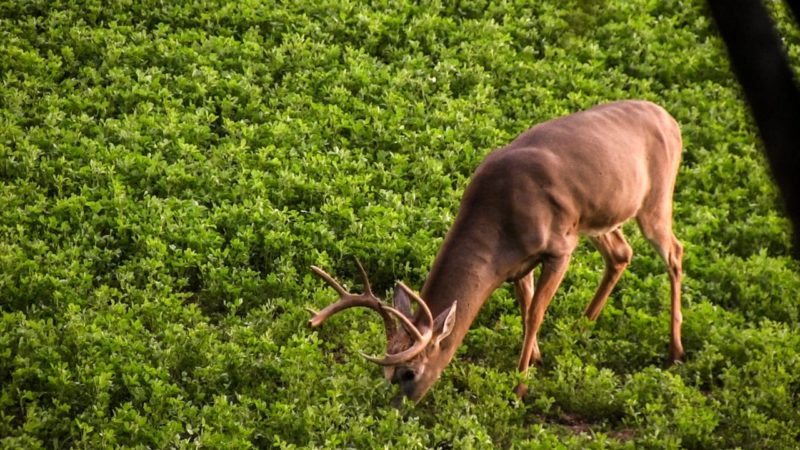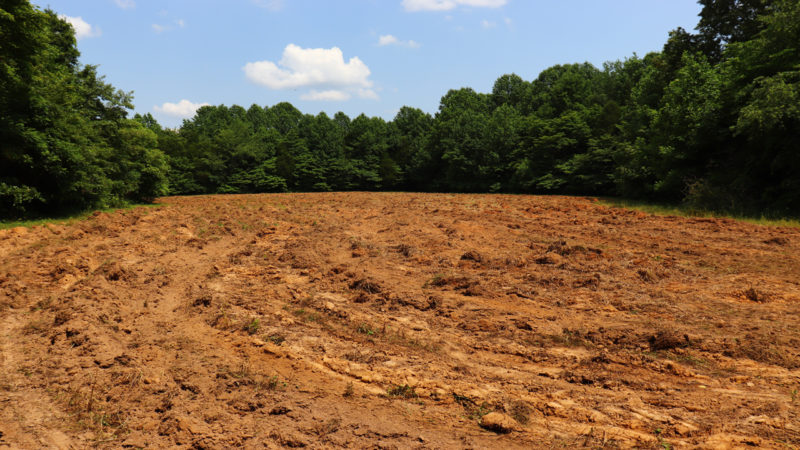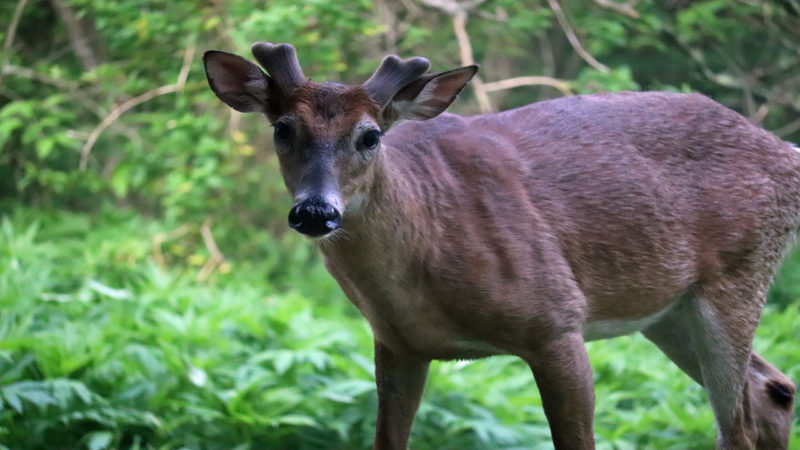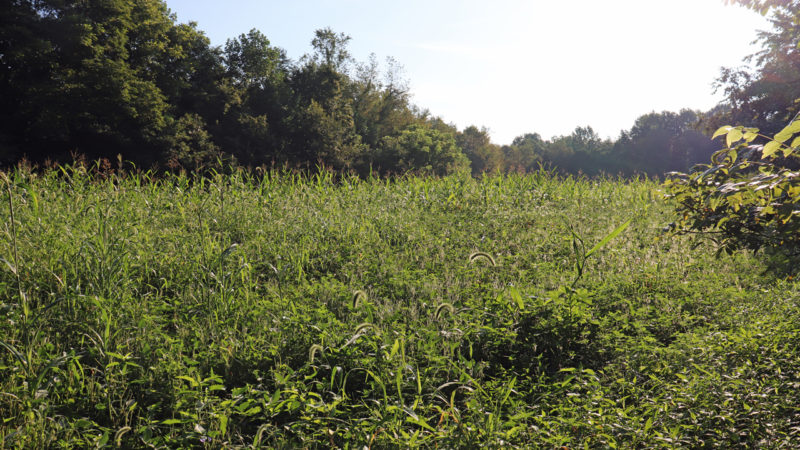LAST UPDATED: June 23rd, 2020
Flip through the pages of nearly any hunting magazine, and you will be greeted by image after image of lush green food plots, most of which seem to be boundless in size and flawless in every way. These photos are often accompanied by text that sells the idea that with a weekend worth of work, and the planting of a specific magic seed blend, your food plots will be something to behold.
However, the truth is that food plots are an investment of time, money, energy, and effort, and often a long-term one at that. Shortcuts to success tend to be nothing more than a tall tale, and success is generally reflective of the toil that rendered it.

Equally important to the effort put forth when planting food plots, is the avoidance of common oversights, any one of which can lead to complete or partial plot failure. By steering clear of these pitfalls, you provide yourself with the best possible chance at success when planting food plots this year.
1. Not Taking Soil Samples
It is quite safe to say that most of us have been guilty of making this mistake at one point in time or another, and likewise, many of us have been left to wonder why our plots fell short of our expectations. Despite often thinking we can get away without taking a soil sample, the failure to do so can turn our long-anticipated food plots into nothing more than a sizeable weed bed.
A soil test is used to gauge the pH balance and nutrient content of the soil into which your plot will be planted. These are important values to know and understand, because if these numbers differ from those recommended for the particular forage you intend to plant, you will be fighting an uphill battle.
Once you receive your soil report, you can make adjustments as necessary to counteract any noted deficiencies. Many times, it becomes necessary to add lime or fertilizer to your food plot to dial the plot’s soil into the sweet spot for your planting of choice.

2. Not Planting At Specified Depths
Another mistake that is often made when planting food plots is not adhering to specified planting depths. All seeds have a depth at which they experience their optimum level of germination. Therefore, simply planting all seed varieties to the same depth seldom ends well. Instead, utilize the specified planting depth figures that can be found on most seed blend’s packaging, as your guide.
If no planting depth instructions are present on the blend’s packaging, reach out to the product’s manufacturer for further guidance. Whatever the specified planting depth might be, follow these instructions in their entirety, being careful to keep this depth even throughout.
In most cases, larger seeds are planted at a deeper depth, while small size seeds are planted much shallower. As a general rule of thumb, small seed varieties such as clover, turnip, and radish are typically planted at a depth of approximately ¼”. Alternatively, large-sized seed varieties such as soybeans, corn, and peas usually require a planting depth of 1”-2”.
3. Missing The Planting Window
It is also quite common to see food plots fail due to them being planted outside of the seasonal planting window. When planting spring food plots, this window can span from February to June, depending upon your location and the type of seed that is to be planted.
Cool-season forages such as clover are not recommended for planting any later than March in many regions, while warm-season plots, such as those that are to consist of corn, should not be planted earlier than mid-April in most locations. When planting times are not adhered to, a number of adverse weather conditions can quickly wipe out your diligent work..

4. Not Maintaining Your Food Plots
Contrary to what is commonly assumed, just because you have successfully planted your plot, does not mean that your job is done. If you simply plant your plot and walk away, to only return months later, you will likely be surprised to find a plot of weeds, as opposed to the lush, green food plot that you had hoped.
In most cases, a quality food plot is one that has been adequately maintained. This requires abundant monitoring and weed control. Clover plots can easily be maintained through periodic mowing. By keeping clover plots clipped back to a height of 6”, you stimulate new growth and assist in keeping weed competition to a bare minimum.
Food plots can also be sprayed to keep weeds at bay. It is important to always select a herbicide that will not attack the desirable forage within your plot. This is accomplished by choosing an herbicide that is aimed at the removal of the specific species of weed that you hope to eradicate.
Clethodim is used to treat grass weeds, while 2,4-D is used to target broadleaf species. Both of these herbicides are of immense value when striving to keep your plots in optimum condition.

5. Not Selecting The Right Species For The Job
Yet another problem encountered by hunters and habitat managers every year is incorrectly selecting which species of forage to plant within their plot. This is commonly observed when planting soybeans or corn. These species are foraged upon heavily by deer and turkey, and do not withstand heavy browse in the same manner that clover does.
Therefore, it is wise to only plant corn and soybeans in a plot of 2-3 acres or larger. This spreads browsing pressure across a wider area, and sustains your plot for a lengthier period of time. On the contrary, clover can be planted in even the smallest of plots, as its reputation for holding up to even the heaviest of browsing pressure is well documented.
Mistake-Proofing Food Plots
Although we cannot fully control all variables when planting food plots, such as those thrown at us by mother nature, there are a multitude of make or break factors that do fully hinge upon our actions. This year, do not fall victim to the same mistake made by many habitat managers and hunters every year. By cutting no corners, keeping your nose to the grindstone, and staying attentive toward any possible pitfalls, you will be well on your way to the lush, rich food plots of which you have always dreamed.

 By
By 



